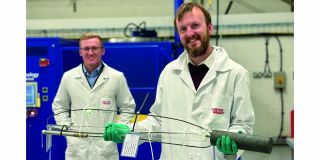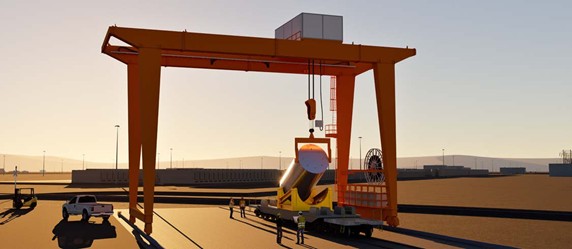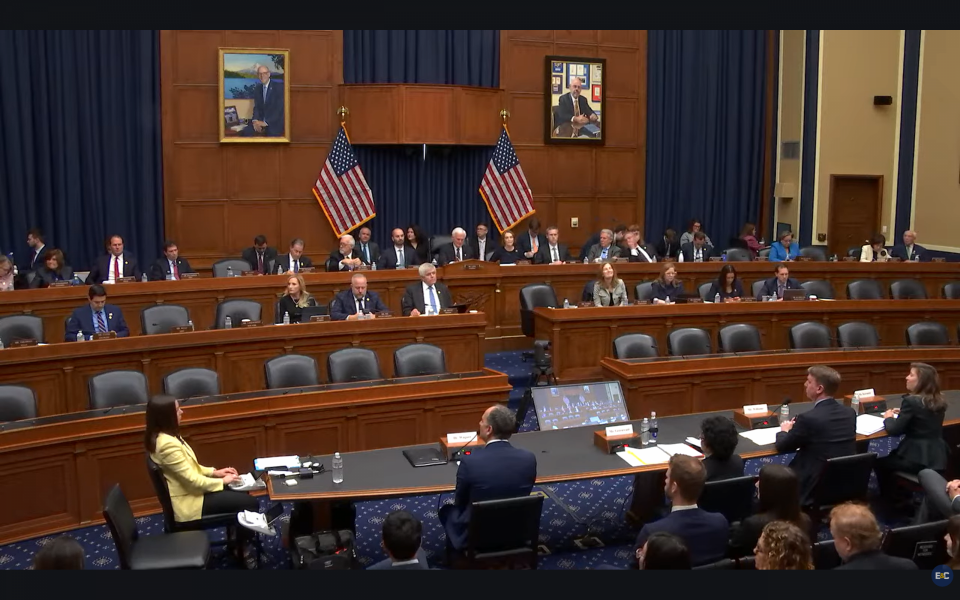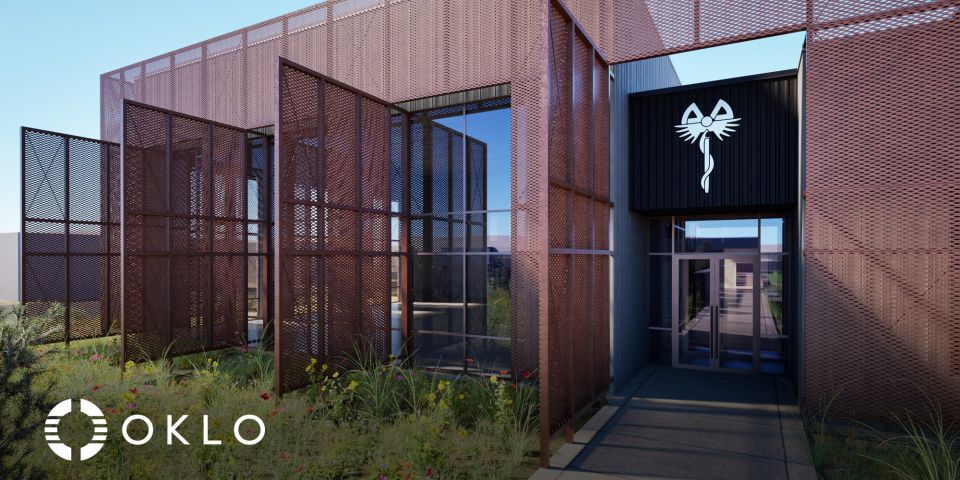Insights from the DOME draft EA on EBR-II’s second life as a reactor test bed

On October 8, the Department of Energy’s Idaho Operations Office released the draft environmental assessment (EA) Demonstration of Microreactor Experiment (DOME) Test Bed Operations. The draft EA assesses the potential environmental impacts of plans to use the containment dome of the former Experimental Breeder Reactor-II at Idaho National Laboratory’s Materials and Fuels Complex (MFC) to test multiple TRISO-fueled advanced reactor designs on a micro scale.

-3 2x1.jpg)




.png)

